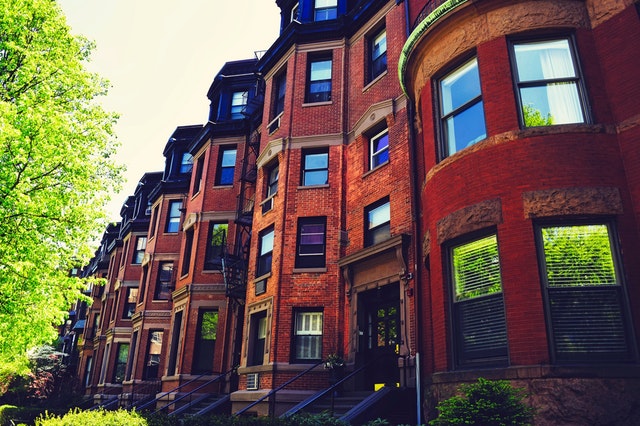More Home Loan Options Now Available For Borrowers With Bad Credit
 For a long time after the real estate housing crisis in 2008, buyers with a poor credit history had a difficult time finding mortgage financing. It was a problem that trapped those seeking to buy a home because so many lost their homes from the inability to pay their mortgages.
For a long time after the real estate housing crisis in 2008, buyers with a poor credit history had a difficult time finding mortgage financing. It was a problem that trapped those seeking to buy a home because so many lost their homes from the inability to pay their mortgages.
Some suffered damage to their credit history that was severe. Millions filed for bankruptcy.
Not only did mortgage lending requirements get stricter for home buyers, but the funds available for home loans were also severely reduced. Even those with a good credit history found it more difficult to qualify for mortgage financing.
Time For A Second Chance
Now, there is a much better environment for homebuyers with a bad credit history who are seeking a loan. Those with a bankruptcy on their record, which was settled at least ten years ago, will see the bankruptcy taken off their credit history. Suddenly, their credit score may increase dramatically.
Unconventional Financing
Conventional financing is available for those with decent credit. This includes attractive terms and conditions for FHA loans and other federally-based loan programs. Those with bad credit may not qualify for these loans. If they want to buy a home, their only option is to use unconventional financing, also called non-qualified mortgages (non-QM).
Unconventional financing has higher costs and no federal insurance. In 2008, these non-QM loans were a total of $65 billion per year. In 2009, this figure dropped to $10 billion and, in 2010, the low of $8 billion.
Since 2010, the availability of these non-QM loans steadily increased. By 2018, the total amount of these loans was up to $45 billion. That figure will be higher in 2019.
Is There Another Real Estate Bubble Happening?
Are we back to where we were before when the real estate market collapsed in 2008? As far as the total amount of non-QM loans, we are close. However, the qualifying standards for these loans are stricter than a decade ago.
There is less predatory lending where borrowers who do not truly qualify get a no-doc loan without proving income. Before those predatory loans often had a teaser introductory rate that quickly escalated to an amount that made it impossible for the home buyer to continue to make their mortgage payments. There are fewer of these loans now.
Summary
Besides the big picture real-estate-bubble worries, the positive news is that borrowers with a poor credit history can now participate in the housing market again.
Be prudent when considering a mortgage and carefully think about the ability to make the monthly payments. Read all the details of the loan requirements carefully. Use competent professional advice from a trusted home mortgage professional to make sure there is a very clear understanding of the loan terms and conditions.

 Opportunity Zones were created by the 2017 Tax Cuts and Jobs Act to encourage investors with capital gains on other investments to invest that money in low-income and undercapitalized communities. They get a reward of deferring capital gains tax. They avoid a portion of it altogether if they keep the investment for five years or longer.
Opportunity Zones were created by the 2017 Tax Cuts and Jobs Act to encourage investors with capital gains on other investments to invest that money in low-income and undercapitalized communities. They get a reward of deferring capital gains tax. They avoid a portion of it altogether if they keep the investment for five years or longer.  Crowdfunding came into prominence with the Jumpstart Our Business Startups (JOBS) Act that President Obama signed into law during 2012 and subsequent enhancements. The JOBS Act made it easier for startups to raise money and for the first time allowed the legal ability to advertise the investments and accept small investors.
Crowdfunding came into prominence with the Jumpstart Our Business Startups (JOBS) Act that President Obama signed into law during 2012 and subsequent enhancements. The JOBS Act made it easier for startups to raise money and for the first time allowed the legal ability to advertise the investments and accept small investors.